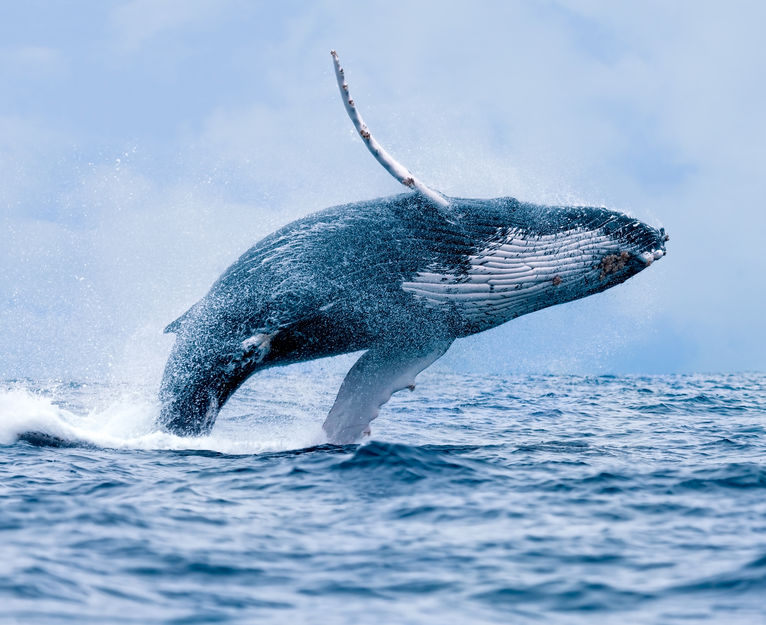Humpback whales are one of nature’s most majestic animals. Usually identified by their enormous size, curious songs and aerial acrobatics, they were once in numbers approximating 200,000 in the southern hemisphere alone.
Today its numbers have been reduced to about 16,200, due primarily to unrestricted hunting that took place in the 19th and early 20th centuries.
Fortunately, humpback whales are making a comeback south of the equator. One such place where progress is being made is at the Francisco Coloane Marine Park near the southern tip of Chile. There, the humpback whale population has risen dramatically — from 40 individuals in 2003 to 190 in 2019.
What are the reasons for its success? As reported in Mongabay:
“There are several reasons for the whales’ recovery. Humpbacks have been globally protected from commercial whaling since 1966 (although the Soviets continued to catch large numbers of them in secret until 1973), and commercial whaling of all species has been banned since 1986. Furthermore, the creation of marine parks [like Francisco Coloane] along the Pacific coast of the Americas has conferred extra protection.
… Based on the number of whales identified up until now and the low rate of recapture, this population unit of whales [at the marine park] is in the middle of experiencing a period of post-whaling recovery and is probably much greater in size than current estimates indicate,” the Chilean Antarctic Institute (INACH) said in a 2014 report(PDF).
Nevertheless, their recovery is still in its early days, in part due to humpbacks’ slow rate of reproduction. A female gives birth to a calf once every two to three years, so the population is still well below the numbers recorded before commercial whaling. ‘We are probably somewhere between 20 and 25% of what it is thought there was before commercial whaling began, so we are relatively far off the initial population size but much better than we were 40 years ago,’ [wildlife expert] Capella said.”
To read the full article on Mongabay, click here.
